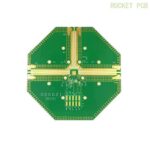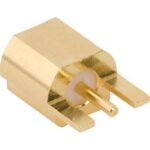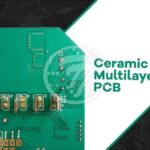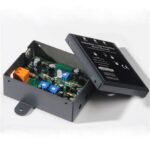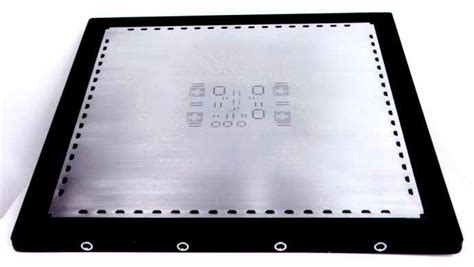
ALL ABOUT FLEX PCB
-
SMT stencil and Laser Stencil
Posted by
–
 Read more: SMT stencil and Laser Stencil
Read more: SMT stencil and Laser StencilIntroduction to SMT and Laser Stencils Surface Mount Technology (SMT) has revolutionized the Electronics Manufacturing industry by enabling the production of smaller, faster, and more reliable electronic devices. One of the critical components in the SMT Assembly process is the stencil, which is used to apply solder paste onto the […]
-
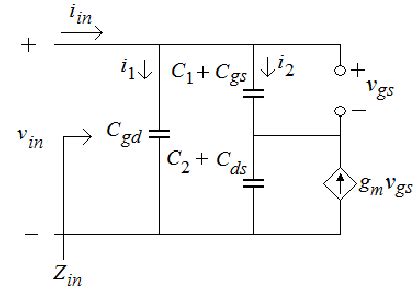 Read more: Clapp Oscillator: Circuit Diagram, Frequency, Advantages, and its Applications
Read more: Clapp Oscillator: Circuit Diagram, Frequency, Advantages, and its ApplicationsWhat is a Clapp Oscillator? The Clapp oscillator, also known as the series-tuned Colpitts Oscillator, is a type of LC electronic oscillator that generates a sinusoidal output signal. It was invented in 1948 by James K. Clapp as a modification of the Colpitts oscillator design. The Clapp oscillator is characterized […]
-
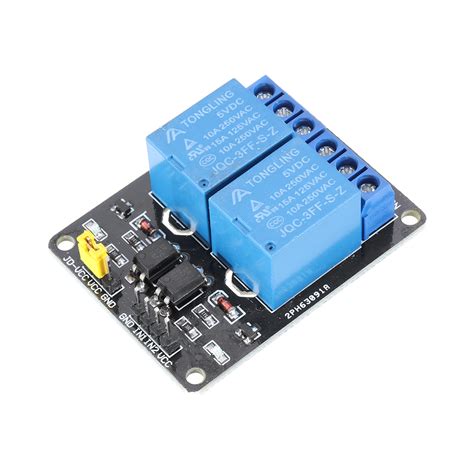 Read more: Relay Drive; Definition, Working Principle, and Application Circuits
Read more: Relay Drive; Definition, Working Principle, and Application CircuitsWhat is a Relay Drive? A relay drive, also known as a relay driver, is an electronic circuit that is used to control a relay, which is an electromechanical switch. The relay drive circuit takes a low-power input signal and converts it into a higher-power signal that can be used […]
-
Digital Buffer – A comprehensive guide
Posted by
–
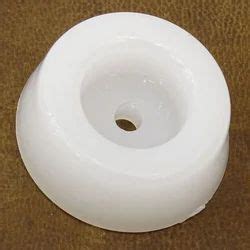 Read more: Digital Buffer – A comprehensive guide
Read more: Digital Buffer – A comprehensive guideIntroduction to Digital Buffers Digital buffers are essential components in electronic circuits that help maintain signal integrity and provide isolation between different parts of a system. They are used to amplify, reshape, and drive digital signals, ensuring that the signals remain strong and clean as they propagate through the circuit. […]
-
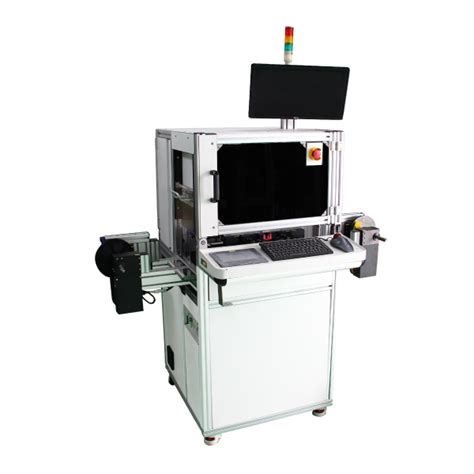 Read more: What Is Automated Optical Inspection AOI in A PCB
Read more: What Is Automated Optical Inspection AOI in A PCBUnderstanding Automated Optical Inspection (AOI) Definition and Purpose Automated Optical Inspection (AOI) is a non-contact, automated visual inspection method used to identify defects, errors, and inconsistencies in PCBs during various stages of the manufacturing process. The primary purpose of AOI is to catch defects early, reducing the need for costly […]
-
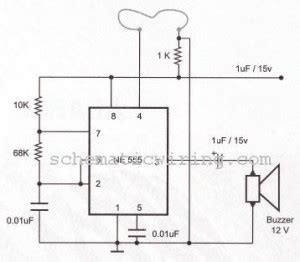 Read more: Alarm Circuit: The Construction and Working Principle
Read more: Alarm Circuit: The Construction and Working PrincipleWhat is an Alarm Circuit? An alarm circuit is a combination of electronic components that work together to detect and signal the occurrence of a specific event or condition. The primary purpose of an alarm circuit is to alert the user or trigger an automated response when the desired condition […]
-
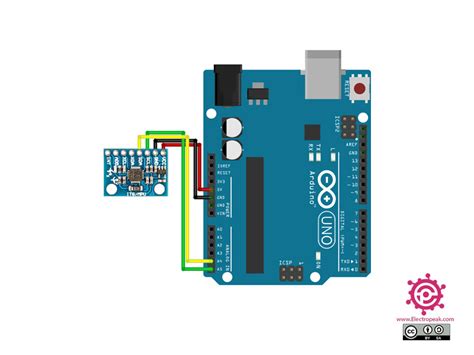 Read more: MPU6050 Pinout: A Micro-Electro-Mechanical System for 6D Motion Tracking
Read more: MPU6050 Pinout: A Micro-Electro-Mechanical System for 6D Motion TrackingWhat is the MPU6050? The MPU6050 is a compact, low-power, and highly accurate motion tracking device manufactured by InvenSense (now part of TDK). It features a 3-axis gyroscope and a 3-axis accelerometer, allowing it to measure angular velocity and linear acceleration in three dimensions. The sensor also includes an on-chip […]
-
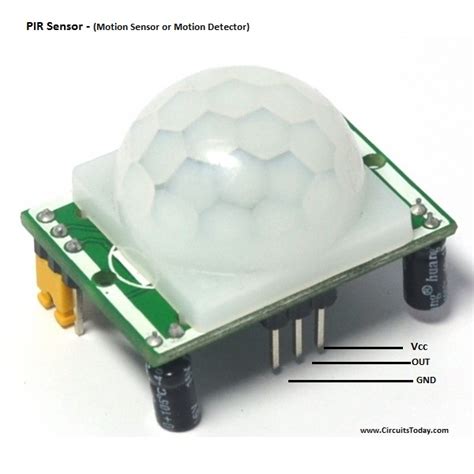 Read more: Passive Infrared Sensors /PIR Sensors Applications
Read more: Passive Infrared Sensors /PIR Sensors ApplicationsWhat are PIR Sensors? PIR sensors are electronic devices that detect motion by measuring changes in the infrared radiation emitted by objects in their field of view. They are called “passive” because they do not emit any energy for detection purposes; instead, they rely on detecting the energy given off […]
-
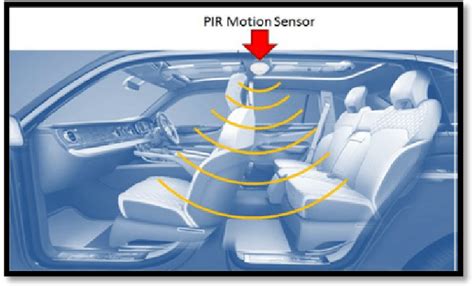 Read more: What is a PIR sensor- A Complete User Guide and Examples
Read more: What is a PIR sensor- A Complete User Guide and ExamplesIntroduction to PIR Sensors A passive infrared (PIR) sensor is an electronic device that measures infrared light radiating from objects in its field of view. PIR sensors are most often used in motion detectors for security systems and automatic lighting applications. They are passive devices, meaning they do not emit […]
-
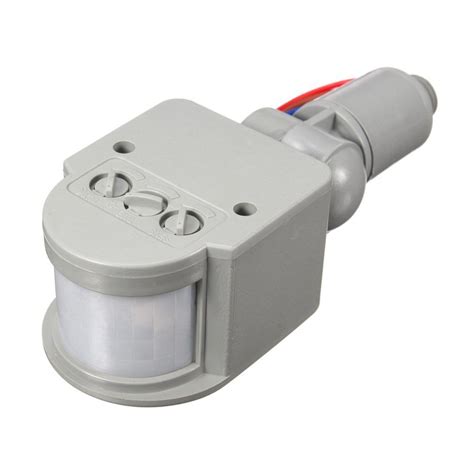 Read more: Motion Sensors Circuits – 5 DIY Ways of Building a Motion Detector
Read more: Motion Sensors Circuits – 5 DIY Ways of Building a Motion DetectorTypes of Motion Sensors Before diving into the DIY Motion Detector circuits, let’s take a look at the different types of motion sensors available: Passive Infrared (PIR) Sensors: PIR Sensors detect changes in infrared radiation emitted by moving objects or people. They are the most commonly used motion sensors in […]
